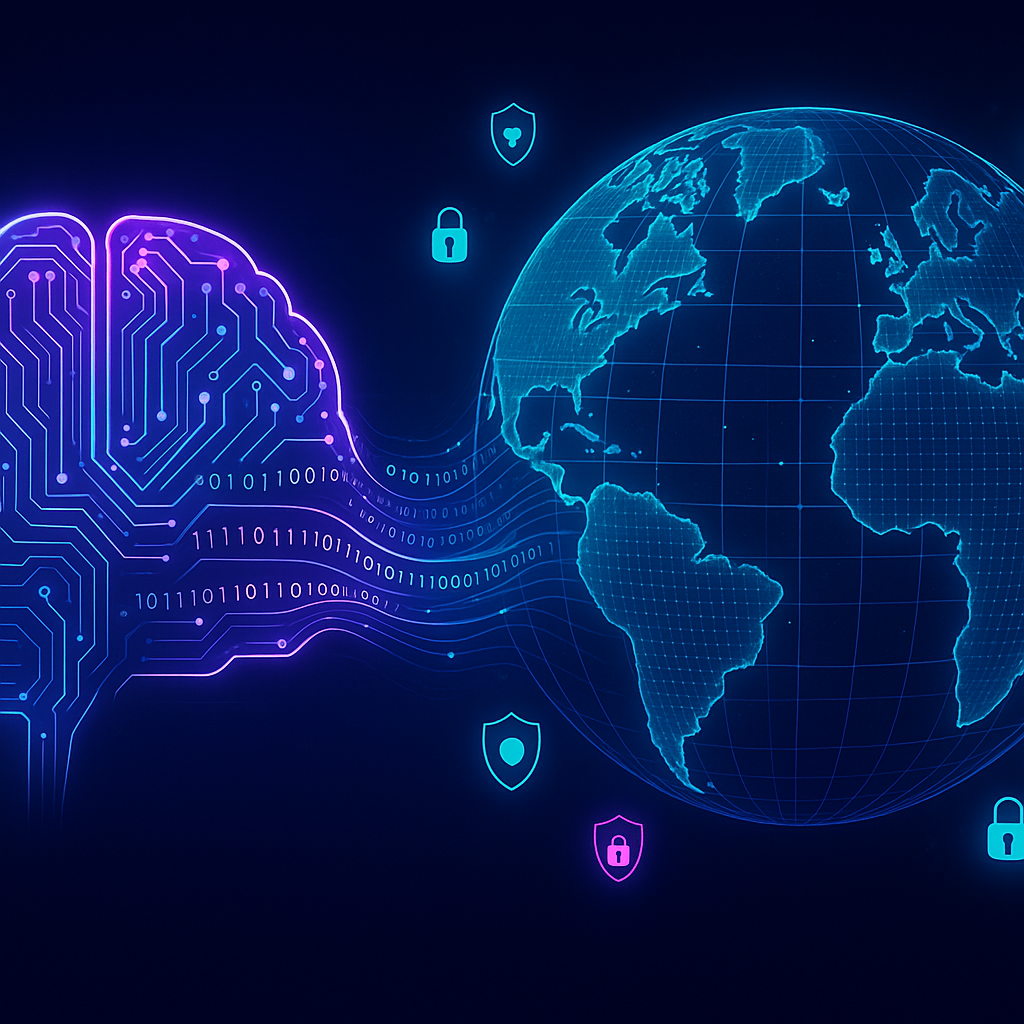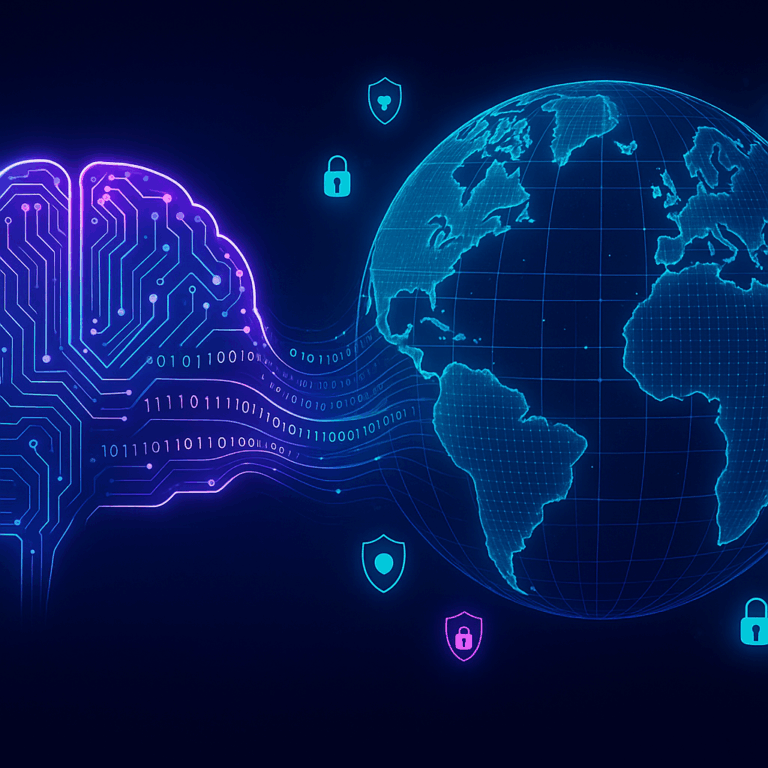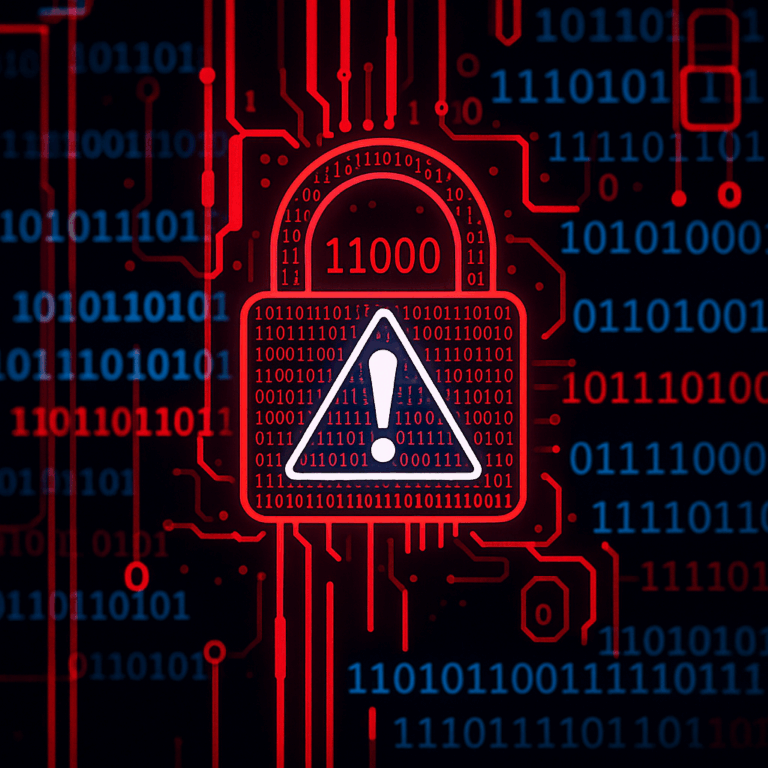EU Court Triumph: Google and Apple Lose Major Legal Battle
On September 11, 2024, the tech world was sent into a tailspin. Google and Apple, two behemoths in the tech industry, lost a significant legal battle in the European Union. What’s at stake? Your digital privacy and security! This landmark ruling isn’t just another notch in the history of tech giants tussling with courts worldwide. It’s a seismic shift that will directly impact how cybersecurity measures are evaluated and implemented.
Why should you care? This decision sets a precedent that will reverberate across the cybersecurity landscape. From AI-driven threat detection to machine learning algorithms for anomaly detection, this ruling compels a reevaluation of existing protocols and strategies. Let’s delve into how this game-changing ruling affects us and what steps you can take to stay one step ahead in the cybersecurity arms race.
The Legal Battle: A Brief Overview
To fully appreciate the magnitude of this ruling, you need to understand its backdrop. The European Union Court of Justice ruled against Google and Apple for allegedly mishandling user data and violating GDPR regulations. The crux? Tightening the noose around data collection, processing, and storage methodologies adopted by these tech giants.
This isn’t just legal gibberish. For cybersecurity professionals, this ruling mandates a reevaluation of data protection strategies, network security protocols, and AI-driven threat detection systems. It’s a call to arms to sharpen your strategies.
AI-Driven Threat Detection: The New Norm?
As cyber threats evolve, so must our defensive mechanisms. The ruling underscores the need for AI-driven threat detection systems. These systems employ machine learning algorithms to identify and mitigate risks before they escalate. Imagine a system that learns and adapts in real-time, much like a human but faster and arguably more reliable.
Real-World Application
- Email Filtering: AI-powered email filters can sift through millions of emails to identify phishing attempts, thereby protecting sensitive information.
- Network Monitoring: Machine learning algorithms can analyze traffic patterns, identify anomalies, and trigger alerts in real-time. This is crucial for preventing large-scale breaches.
- Behavior Analytics: By scrutinizing user behavior, AI systems can detect deviations that signify potential insider threats.
However, the advanced capabilities of AI introduce new challenges, such as the ethical implications of AI decision-making and the complexity of algorithmic transparency. As cybersecurity professionals, we need to develop more robust AI governance frameworks to manage these challenges effectively.
Network Security Protocols: Necessary Overhauls
The court’s decision puts a spotlight on the need to overhaul existing network security protocols. End-to-end encryption, secure socket layers (SSL), and transport layer security (TLS) will no longer suffice as standalone measures. This calls for layered defenses incorporating multiple security technologies for comprehensive protection.
Actionable Steps
- Implement Zero Trust Architecture: Continuous verification of user identity is crucial. Assume no entity is trusted by default.
- Regular Security Audits: Conduct frequent audits to identify vulnerabilities and rectify them promptly.
- Secure API Gateways: Given that APIs are frequent targets, ensure they are secured with robust authentication mechanisms.
By adopting a proactive rather than reactive stance, we can significantly reduce the risks posed by evolving cyber threats.
Data Protection Strategies: Evolving Beyond Compliance
This ruling forces us to rethink data protection strategies. Mere compliance won’t cut it anymore. Organizations need to adopt a data-centric approach that focuses on safeguarding information irrespective of its location, be it on-premises or in the cloud.
Advanced Strategies
- Data Encryption: Use advanced encryption techniques to protect data at rest and in transit.
- Data Masking: During the processing and storage stages, consider using data masking to anonymize sensitive information.
- Access Control: Implement stringent access controls based on the principle of least privilege, ensuring that only authorized individuals have access to sensitive data.
Incorporating these strategies isn’t just about compliance. It’s about building a resilient data protection framework that can withstand the scrutiny of evolving regulatory requirements.
Future Implications: A Resilient Cybersecurity Future
The ramifications of this ruling are extensive. While it poses short-term operational challenges, it also paves the way for a more secure digital future. The focus will shift towards integrating advanced technologies, such as blockchain for immutable data records and quantum cryptography for unbreakable encryption, into cybersecurity architectures.
Moreover, this ruling acts as a catalyst for collaboration between tech companies, regulatory bodies, and cybersecurity professionals. By working together, we can create a robust, secure, and resilient digital ecosystem that not only meets legal standards but also sets new benchmarks for cybersecurity excellence.
Conclusion
The EU court’s landmark ruling against Google and Apple isn’t just a wake-up call for tech giants; it’s a clarion call for the entire cybersecurity community. From adopting AI-driven threat detection systems to overhauling network security protocols and evolving data protection strategies, the road ahead demands vigilance, innovation, and relentless pursuit of security excellence. Stay informed, stay prepared, and lead the charge in fortifying our digital frontier.
References:
- Spiceworks. (2024). Tech News Roundup 9/11/2024.
- European Union Court of Justice. (2024). Case Rulings.
- National Institute of Standards and Technology (NIST). (2023). Cybersecurity Framework.



